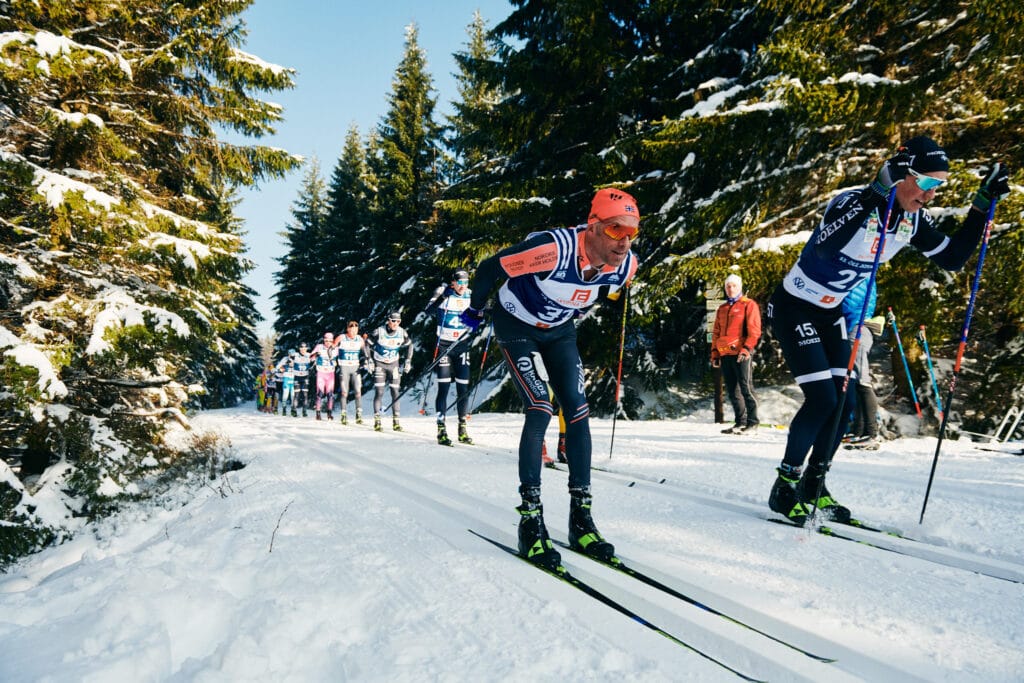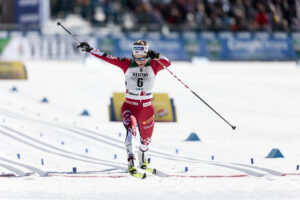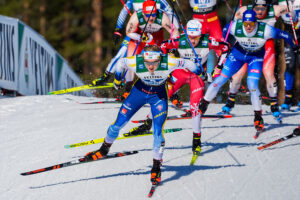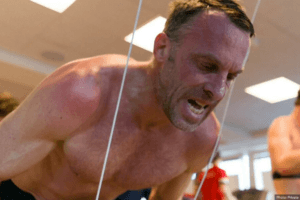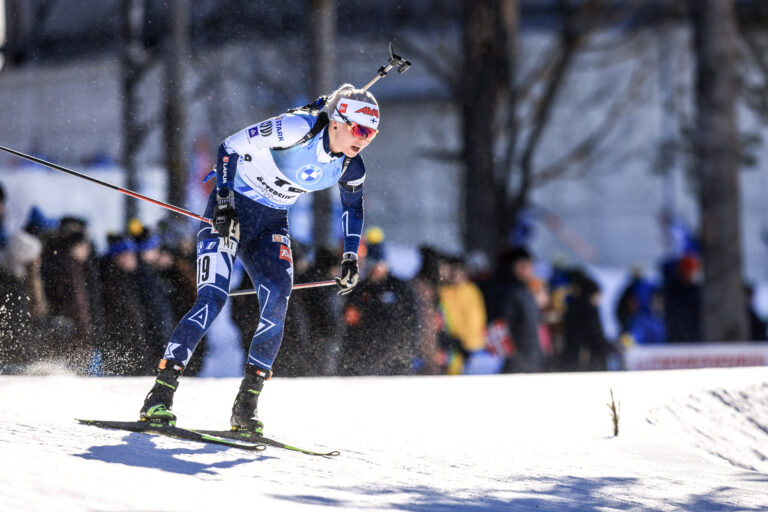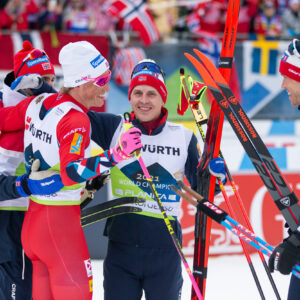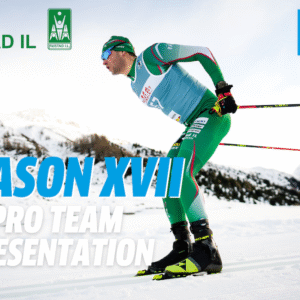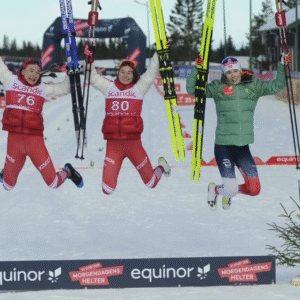Anders Aukland’s Training Tips for January
It all boils down to three key workouts: Long-distance veteran Anders Aukland shares his training tips for the month of January.
January is the month for fresh beginnings and new goals.
Long-distance events such as Vasaloppet, Birkebeinerrennet and Marcialonga are popular training goals for masters and citizen racers. But for those who are balancing full time jobs, family life and other obligations, it can be a challenge to build a sufficient endurance base for these events.
Anders Aukland has good news for those who are aiming for ski marathons this winter:
“Fitness is transient. If you feel out of shape now, there is still time to improve your fitness and endurance base substantially before Vasaloppet and Birkebeinerrennet comes around. But you have to spend your time wisely,” Aukland says.
ProXCskiing.com caught up with long-distance legend Anders Aukland of Norway. Pushing 50 and a father of three, the seasoned veteran is still able to breath down the necks of professional marathon racers half his age.
Aukland’s key to success: Diligent planning and making the most of every opportunity, every day.
“If you manage to squeeze in two or three efficient, targeted workouts during the week, and at least one longer distance workouts on weekends and holidays, you should be in a good position when Vasaloppet and Birkebeinerrennet comes around in March.”
Three key workouts
Aukland explains that regardless of ambitions, a solid training plan should be based on three essential components.
One of the three key elements is longer distance workouts lasting at least two to three hours, and even up to four or five hours each.
“The long-distance workouts are the most important for those who are aiming for marathons. Try scheduling long distance workouts of three to four hours every other day any time you have a chance. But make sure you are rested and prepared for them. I don’t recommend doing these with a headlamp at eight pm after a long day at work,” Aukland says.
“Rather, make use of the time when you’re in places that lend themselves to such efforts. Book a trip to the mountains or find areas you can access on weekends from your cabin or home.”
The second key component is everyday workouts, usually lasting from one to two hours. For Aukland, these are simple, efficient workouts that preferably don’t require much preparation or travel. “A quick ski on the local tracks, intervals on the SkiErg (double-pole machine, editor’s note) or intervals on the treadmill are all great mid-week workouts. Aim for at least two or three of these in addition to the longer workouts on the weekends, and you’re on track,” Aukland says, pointing out that these mid-week sessions should include an element of intensity.
“I would alternate between hard interval sessions and easier intensity sessions,” he says.
By hard interval sessions, Aukland refers to 3-4-minute intervals at above threshold effort, and usually six or seven intervals per session. By lighter effort, Aukland is talking about workouts with roughly an hour of around threshold-level intensity.
“The lighter efforts can be an hour of steady effort, or you can split it into say three 20-minute intervals, or six times 10 minutes for a combined total of about an hour,” Aukland explains. The final component is strength.
“The older we get, the more important strength training becomes. Make sure to do at least one solid strength workout per week. You can do it either as a stand-alone session or as an add-on after a mid-week workout. Just get it done,” Aukland says.
How many workouts should you aim for if you plan to do Vasaloppet or the Birkebeinerrennet?
“It all depends on your goals. If you are aiming for the podium, you need to train at least once or twice a day.”
But for most masters, Aukland suggests putting in at least four workouts.
“In my opinion, if your goal is to get in shape/stay in shape and finish Vasaloppet or the Birkebeinerrennet in style, you need to put in at least four workouts per week, and you need to make sure you include at least one of each of the three key workouts,” says Aukland, emphasizing focusing on specificity:
“All training is useful and will make you fitter and stronger. But try to make your workouts as specific as possible. If you are aiming for Vasaloppet, you should include some fast-paced double-poling efforts on flats. If Birkebeinerrennet is your main goal, make sure you do some uphill intervals.
So, to wrap it all up: What should a typical training week in January look like?
“Make use of any time you have a chance to do longer distance workouts, but get at least one of them each week. Then add two or three of the everyday-workouts and one strength session.”
